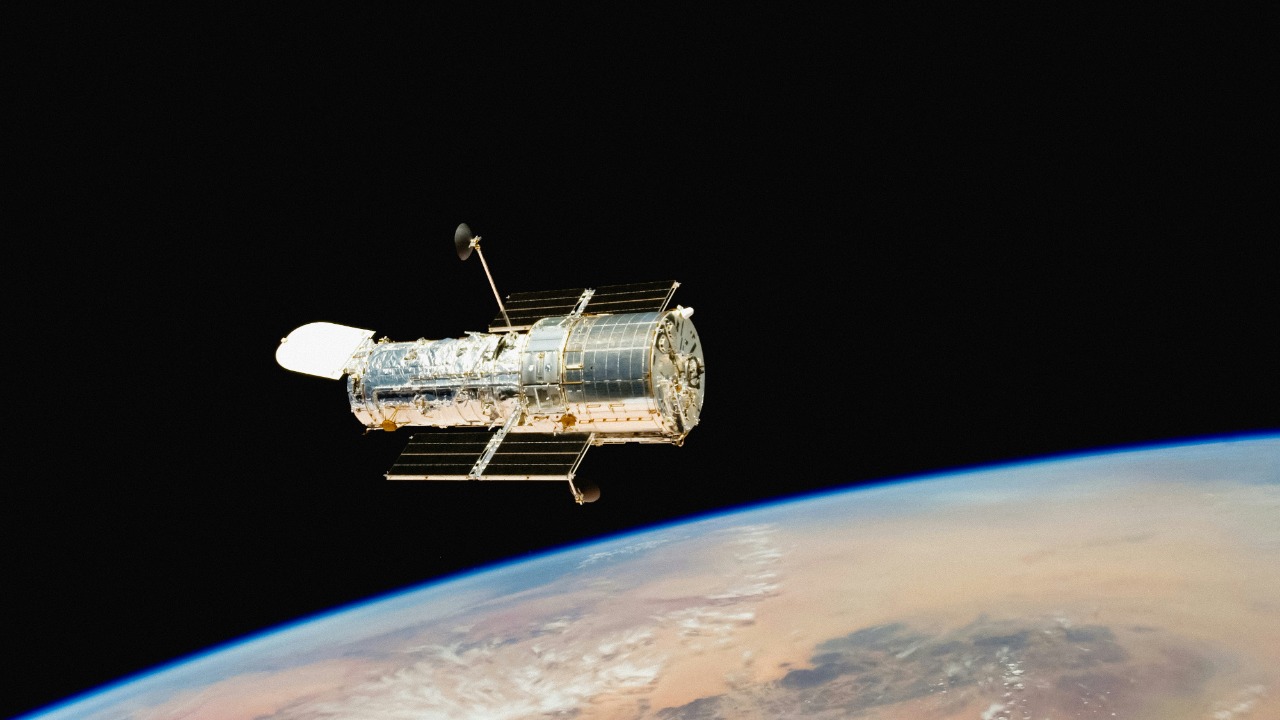
The Hubble Space Telescope has recently captured extraordinary images of a rapidly collapsing star system in the Andromeda Galaxy. This discovery offers a unique glimpse into stellar evolution and the dynamics of galaxies beyond our own. We delve into the significance of Hubble’s findings and what they reveal about the universe’s most intriguing processes.
The Phenomenon of Stellar Collapse
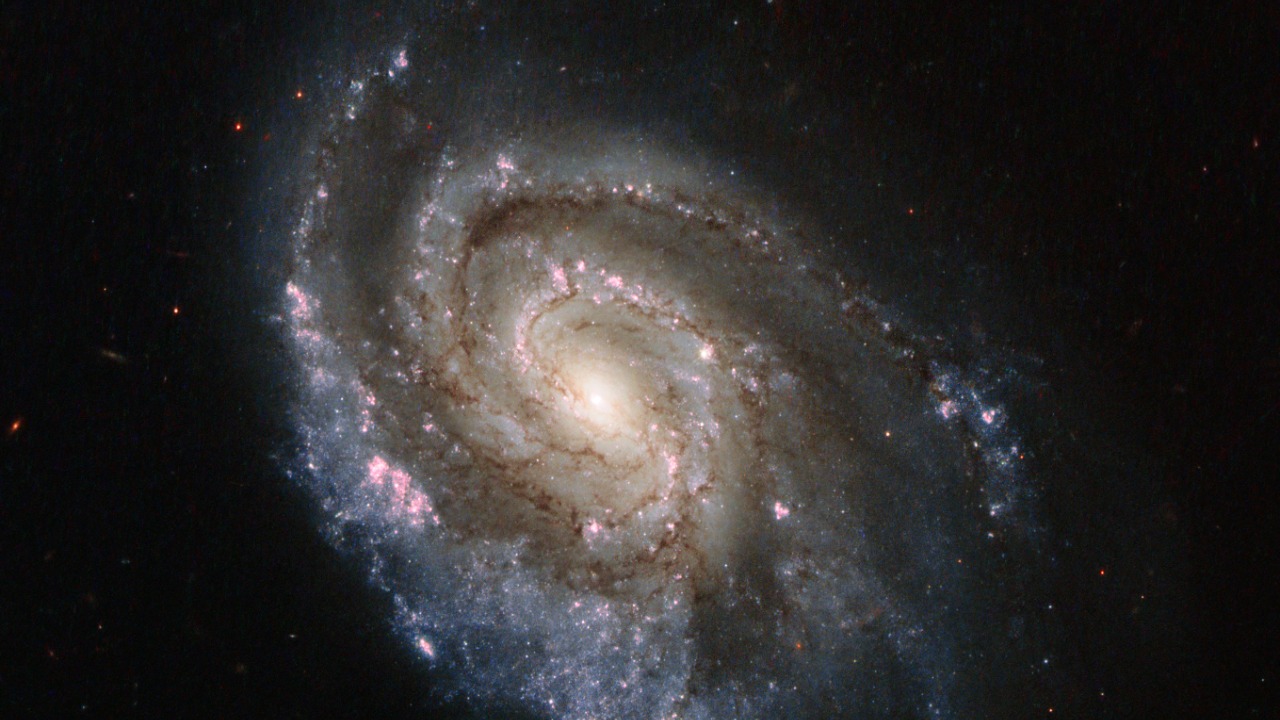
Stars are born from vast clouds of gas and dust, known as nebulae. Over millions of years, gravitational forces cause these clouds to contract and form dense, hot cores that eventually ignite nuclear fusion. This fusion process is what powers a star during its main sequence, allowing it to shine brightly for billions of years. However, a star’s life is not eternal. As it exhausts its nuclear fuel, the star undergoes dramatic changes, leading to its eventual collapse. The process is driven by the cessation of nuclear fusion, which previously counteracted the inward pull of gravity. As fusion halts, gravity takes over, leading the star to contract rapidly.
The mechanics of a collapsing star can be complex but are primarily dominated by gravitational forces. Once nuclear fusion stops, the core can no longer support its own weight, leading to a cascade of gravitational collapse. This process can result in a supernova explosion, leaving behind remnants such as neutron stars or black holes. Over the years, astronomers have observed similar stellar collapses within our Milky Way, providing valuable data for comparison. However, the star system observed in Andromeda presents a unique opportunity to study these phenomena in a different galactic environment. By comparing this new data with past observations, scientists can refine their understanding of the life cycles of stars across the universe.
Hubble’s Role in the Discovery
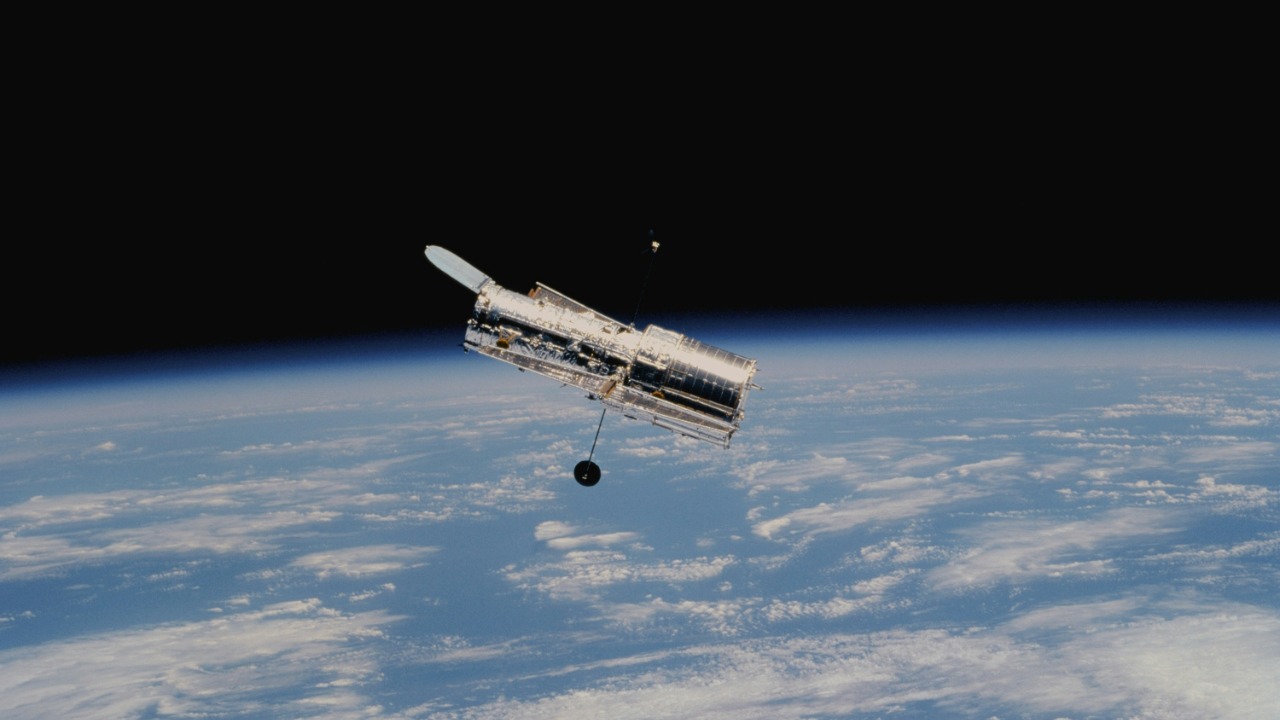
The Hubble Space Telescope, with its advanced technology and capabilities, plays a crucial role in observing distant galaxies. Its high-resolution imaging and spectroscopic instruments allow astronomers to study celestial objects with unprecedented detail. Hubble’s ability to observe in ultraviolet, visible, and near-infrared wavelengths provides a comprehensive view of astronomical phenomena, making it an indispensable tool for exploring the universe. In the case of the collapsing star system in Andromeda, Hubble’s instruments were perfectly suited to capture the intricate details of the event.
Hubble’s observation of the Andromeda star system was made possible by its unique positioning above Earth’s atmosphere, eliminating distortions that ground-based telescopes face. The telescope’s precise instruments allowed for the capture of high-resolution images and spectra, revealing the dynamics of the collapsing star system. The data collected contributes significantly to our understanding of galaxy dynamics and stellar phenomena. Hubble’s findings not only enhance our knowledge of Andromeda but also provide insights into similar processes occurring throughout the universe.
Implications for the Andromeda Galaxy
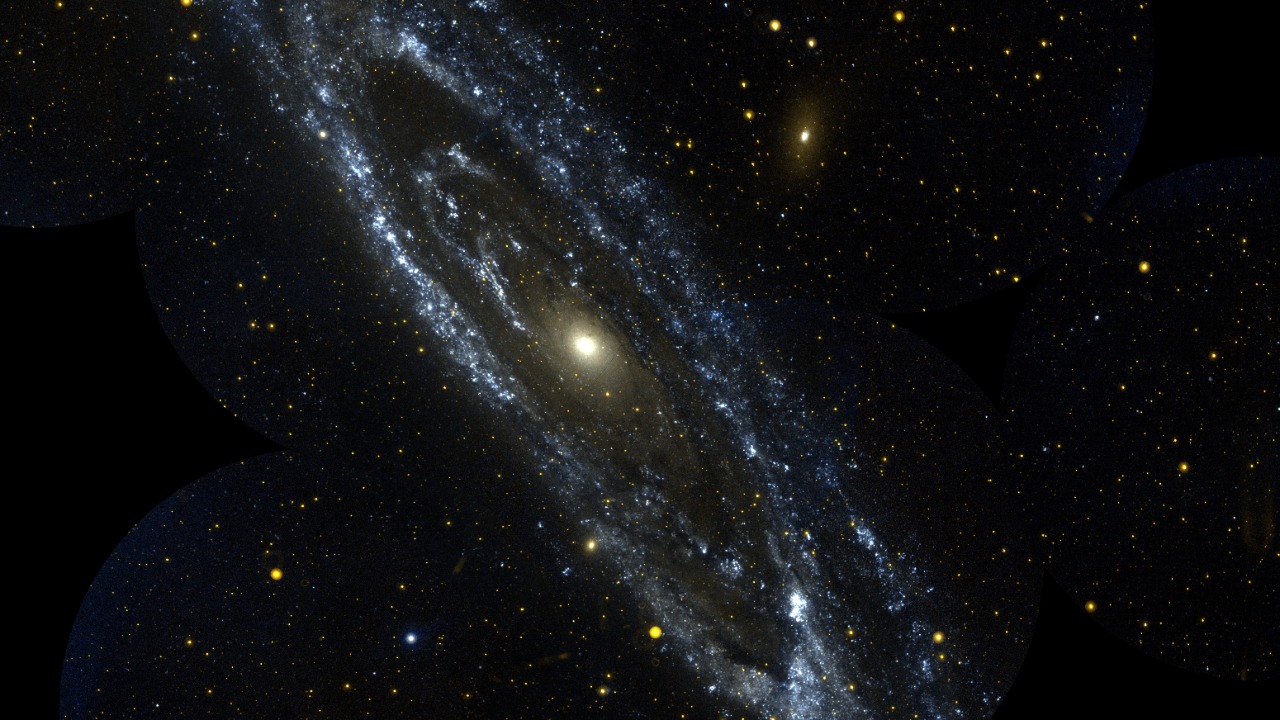
The collapse of a star system within the Andromeda Galaxy can have significant implications for its surrounding stars and celestial bodies. The immense gravitational forces unleashed during a stellar collapse can disrupt nearby systems, potentially triggering the formation of new stars or altering the orbits of existing ones. This dynamic interaction highlights the interconnected nature of galaxies, where events in one star system can have ripple effects throughout a galaxy.
Moreover, understanding the collapse of star systems in Andromeda provides valuable insights into galactic evolution. By studying these events, astronomers can piece together the processes that shape galaxies over time, such as star formation rates, chemical enrichment, and structural changes. This knowledge is particularly relevant when considering the future interaction between the Andromeda and Milky Way galaxies. As these galaxies are expected to collide in the distant future, understanding the dynamics within Andromeda today can offer clues about what might happen during their eventual encounter. For further reading, consider exploring the research on the Milky Way-Andromeda encounter.
The Broader Cosmic Context
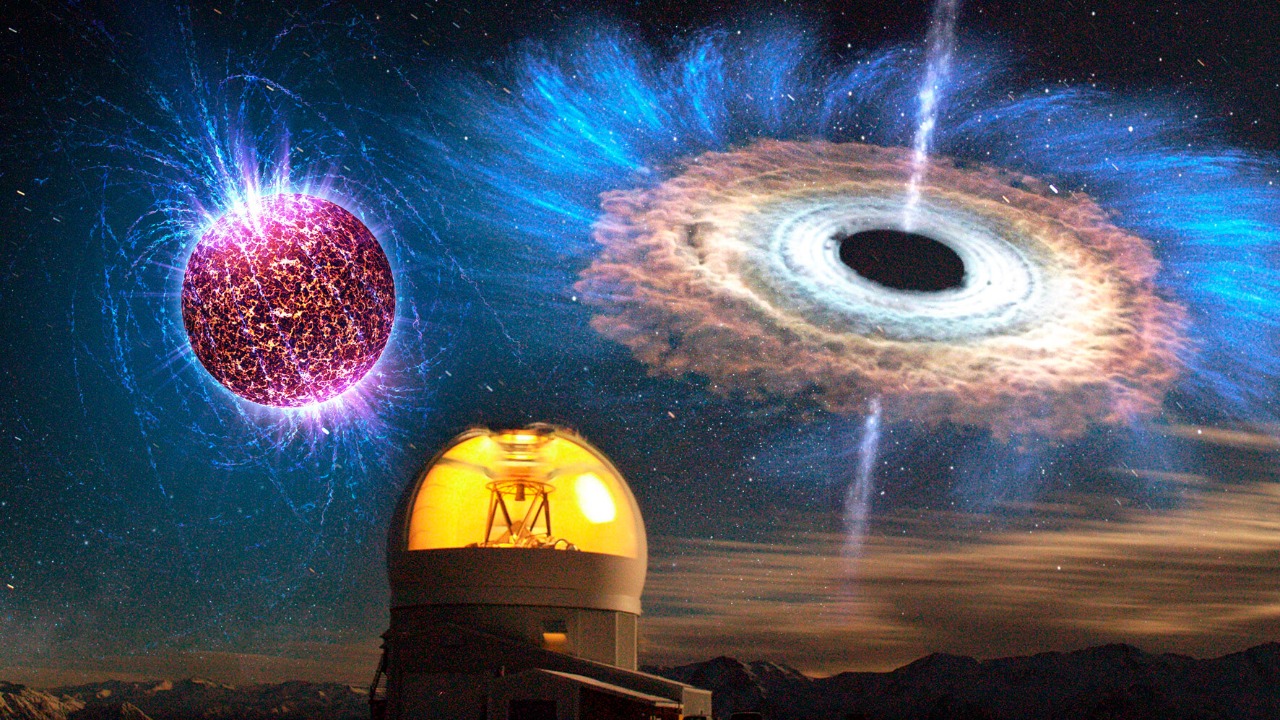
Studying phenomena in distant galaxies like Andromeda is crucial for understanding universal processes. Observations of star collapses and other dynamic events offer a window into the fundamental mechanisms that govern the universe. By examining these occurrences in different galactic contexts, astronomers gain a more comprehensive understanding of the diversity and complexity of cosmic processes. This broader perspective is essential for constructing models of galaxy formation and evolution.
Similar phenomena have been observed in other galaxies, providing comparative data that enriches our understanding of stellar and galactic dynamics. By analyzing these events across different environments, scientists can identify commonalities and differences, refining theoretical models of star life cycles and galactic behavior. For instance, the birth of a black hole in Andromeda offers another intriguing example of cosmic phenomena with implications for our understanding of the universe.
Challenges and Future Prospects
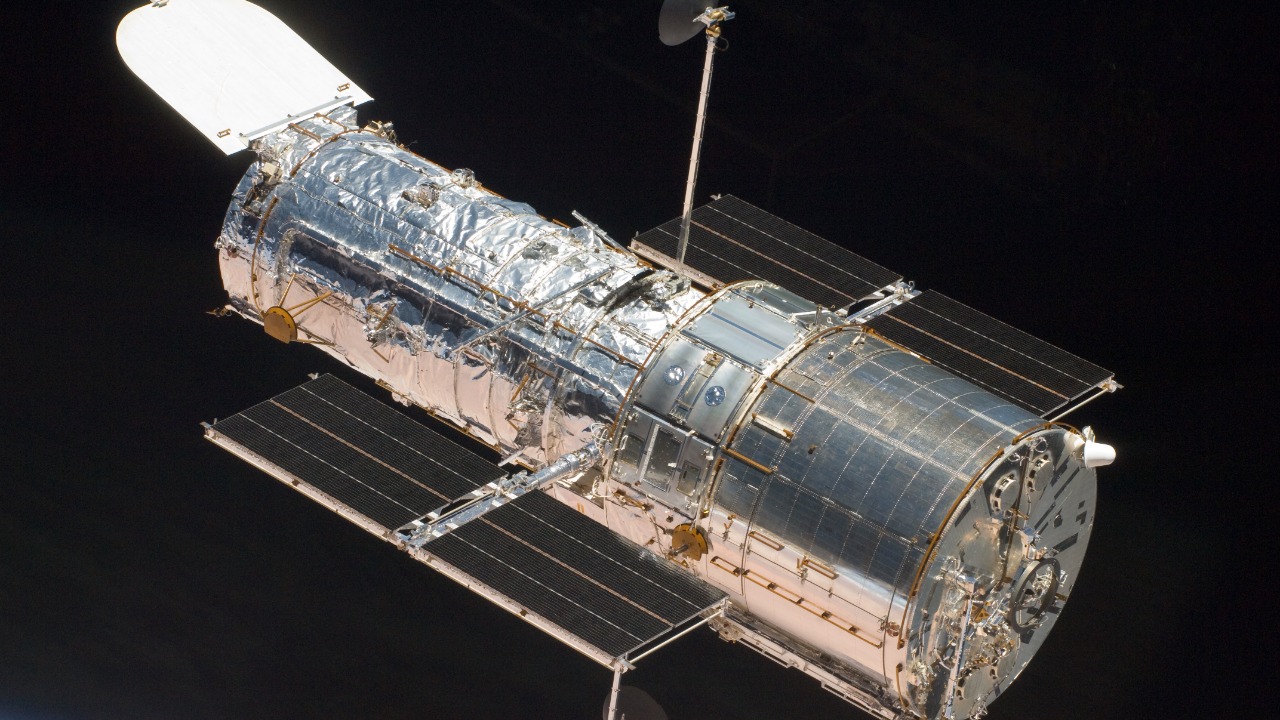
Observing distant and dynamic events like a collapsing star system presents significant technical and observational challenges. The vast distances involved mean that even the most advanced telescopes must work at the limits of their capabilities to capture detailed data. Hubble’s legacy in overcoming these challenges is a testament to its design and the dedication of the scientific community. Despite these hurdles, the insights gained from such observations are invaluable, driving further research and technological advancements.
The continued relevance of the Hubble Telescope, alongside upcoming missions, ensures that our exploration of the universe will persist. Future missions, equipped with even more advanced technology, will build upon Hubble’s legacy, further unraveling the mysteries of the cosmos. The role of international collaboration in these endeavors cannot be overstated. By pooling resources and expertise, the global scientific community can tackle the complexities of astronomical research, paving the way for new discoveries. For those interested in Hubble’s ongoing contributions, the NASA mission page provides a wealth of information on its latest findings and future prospects.